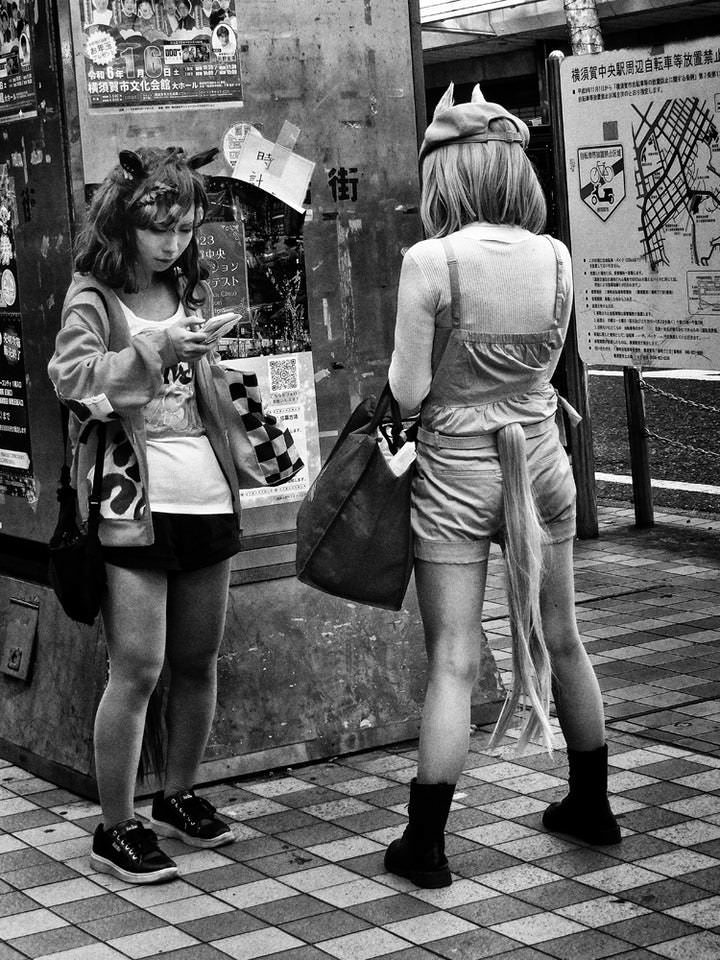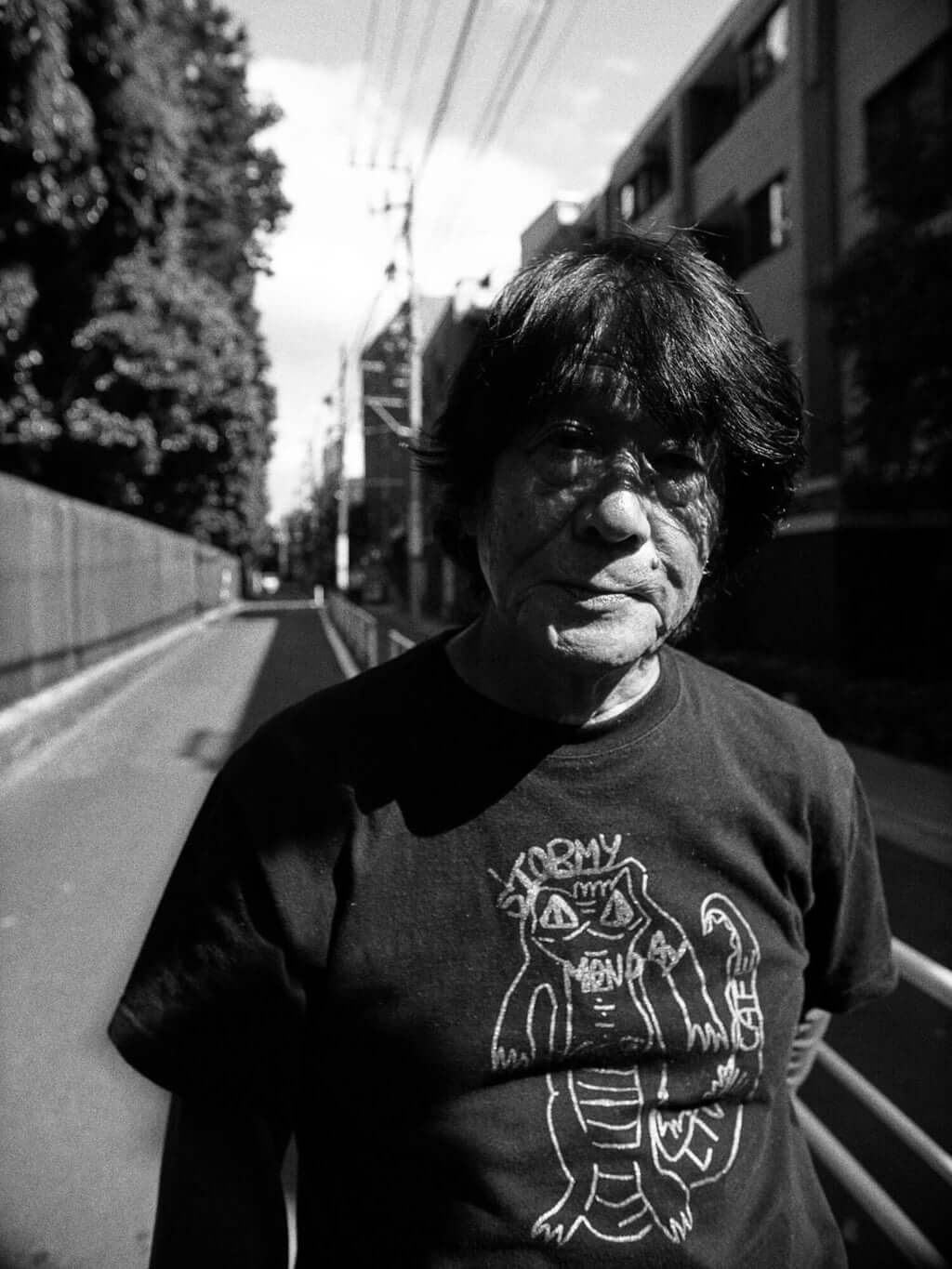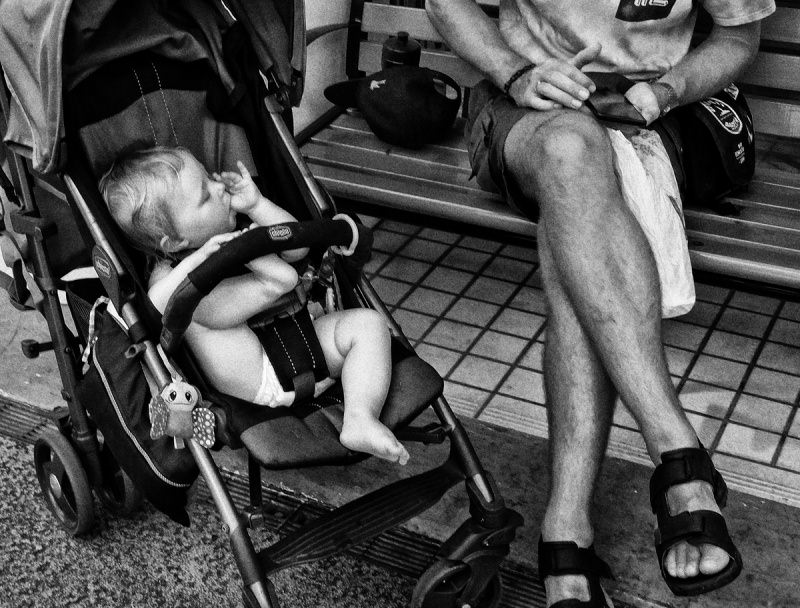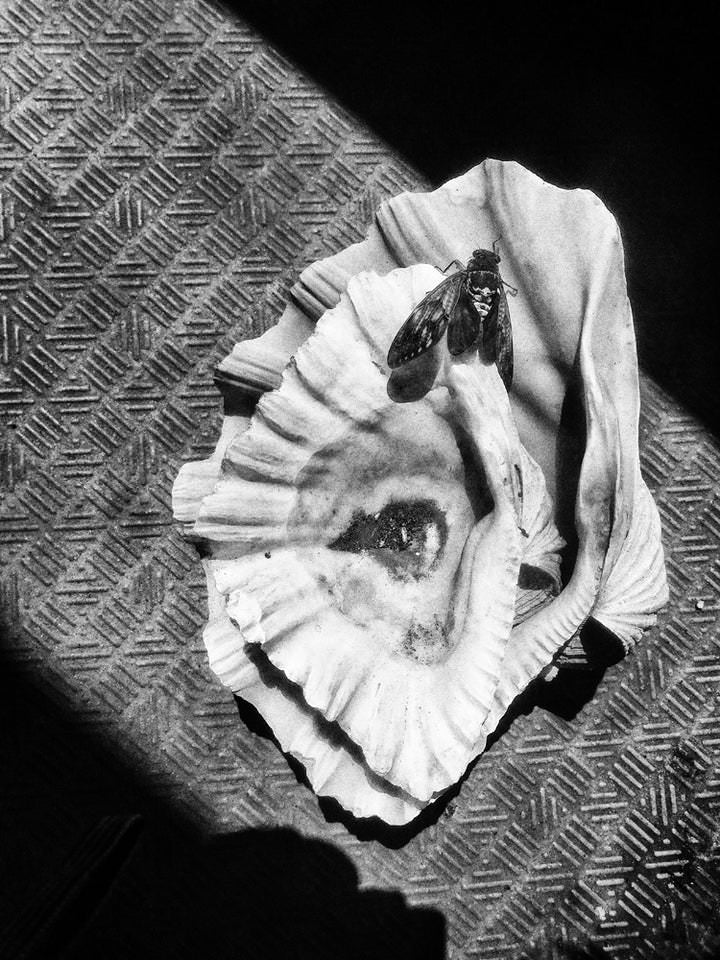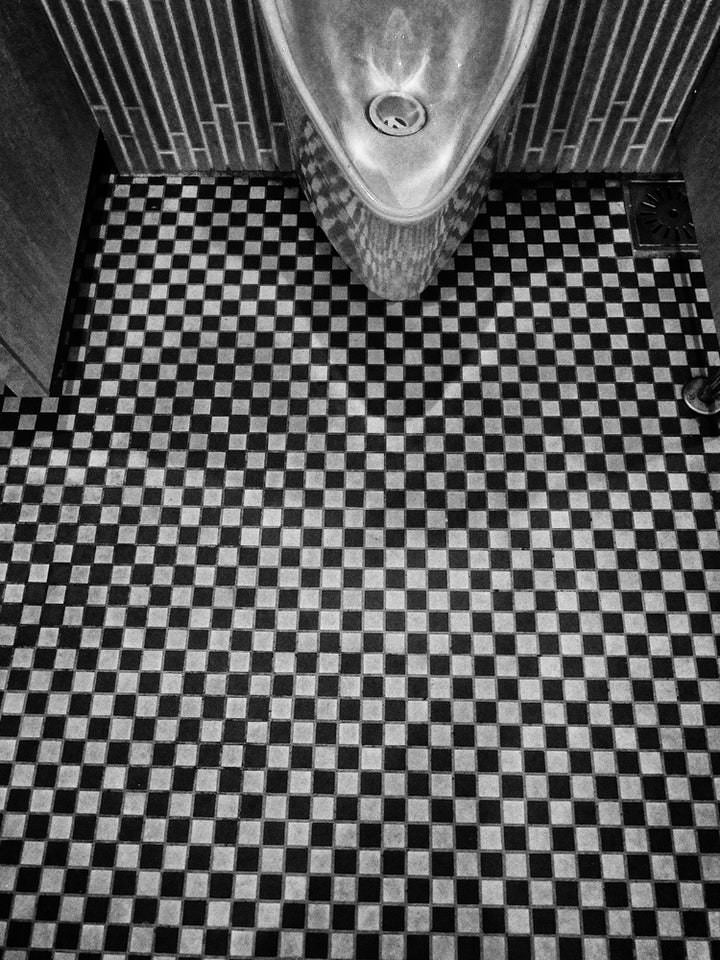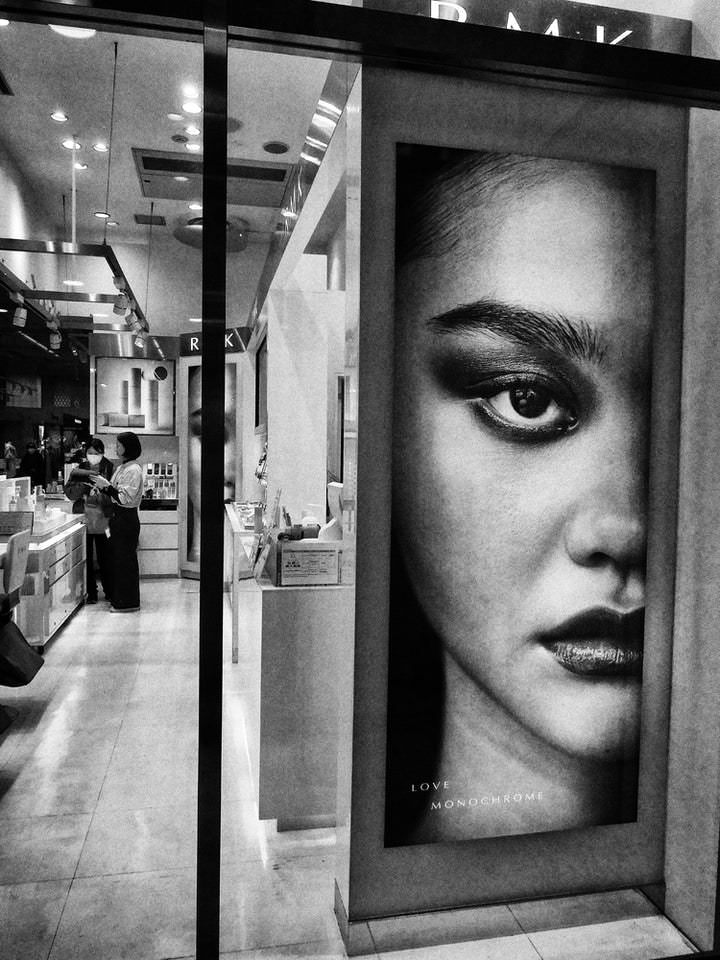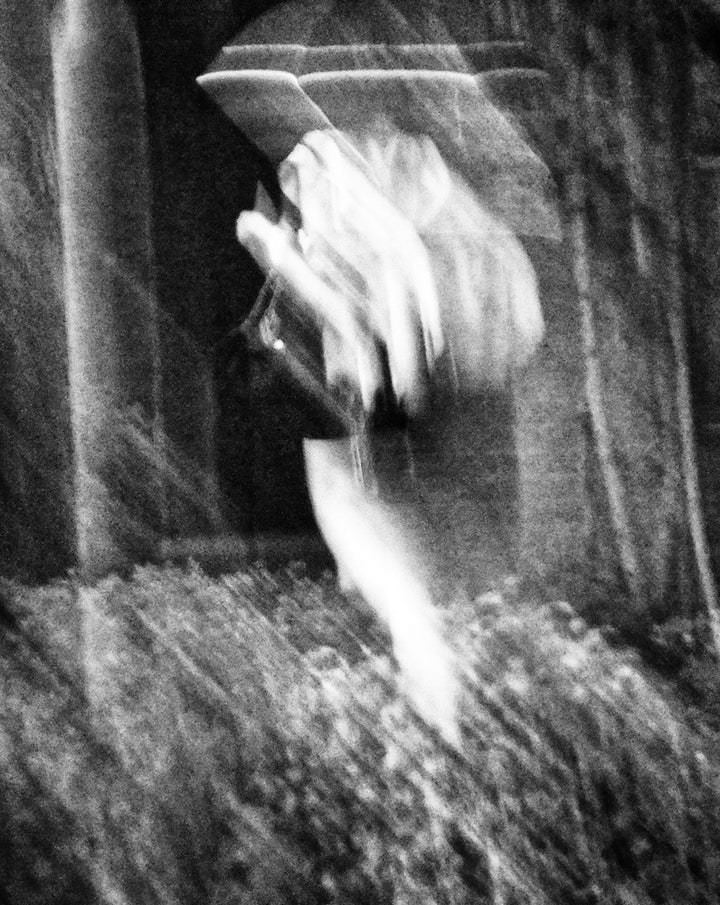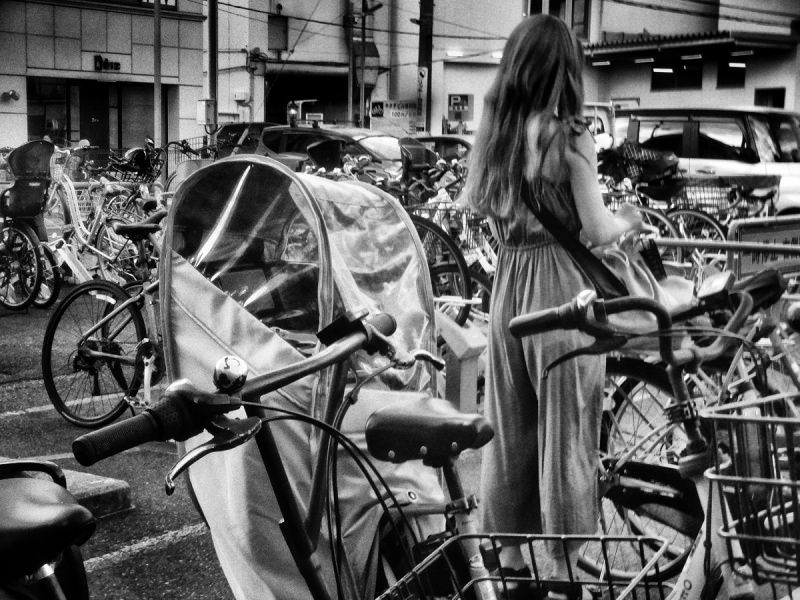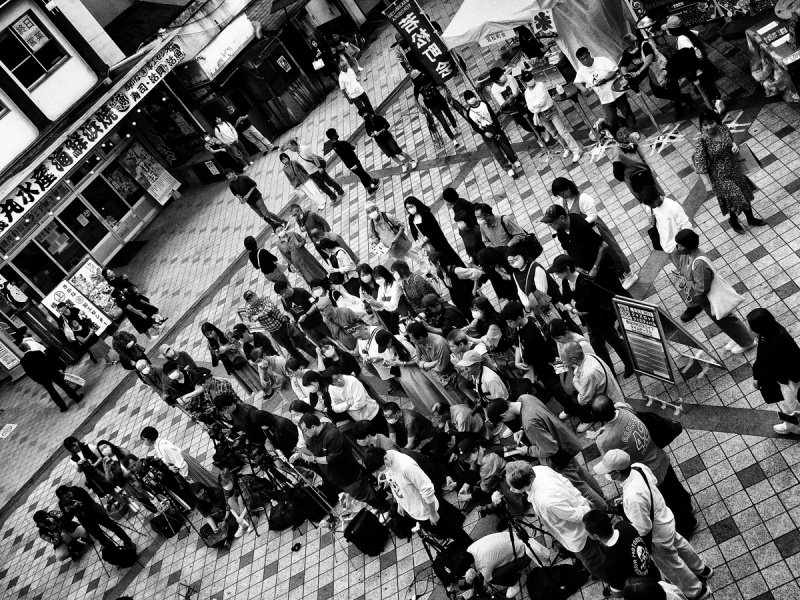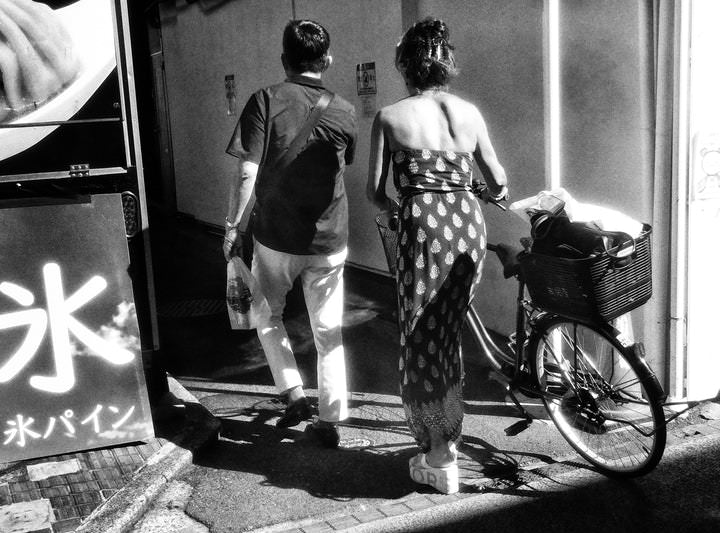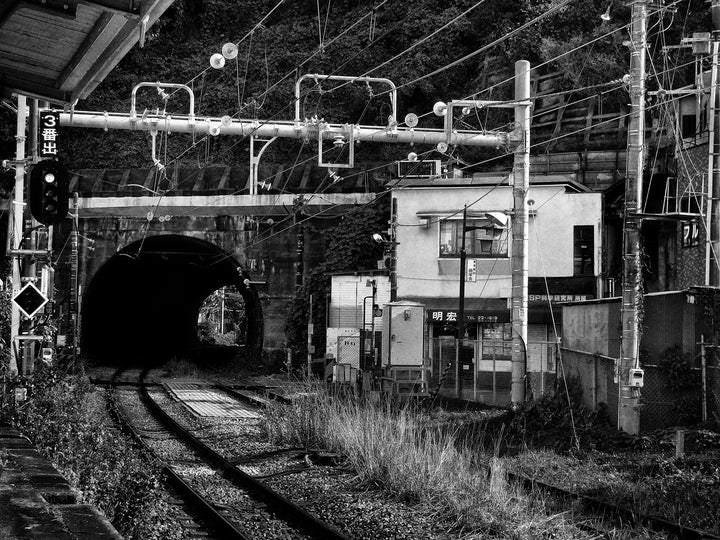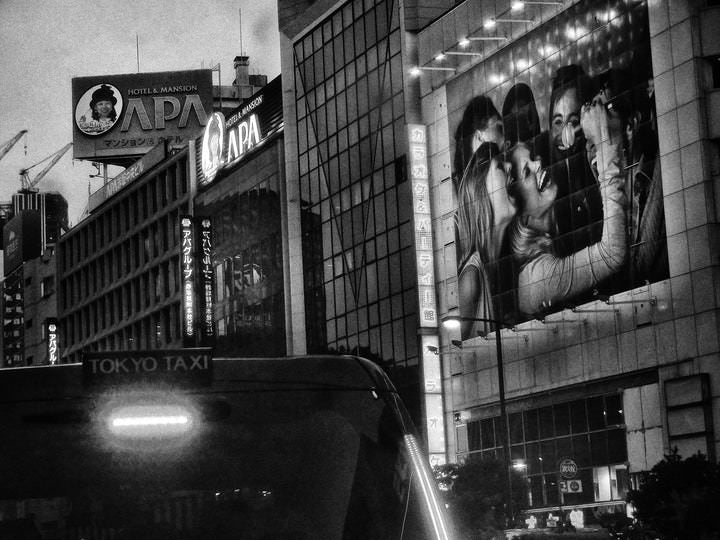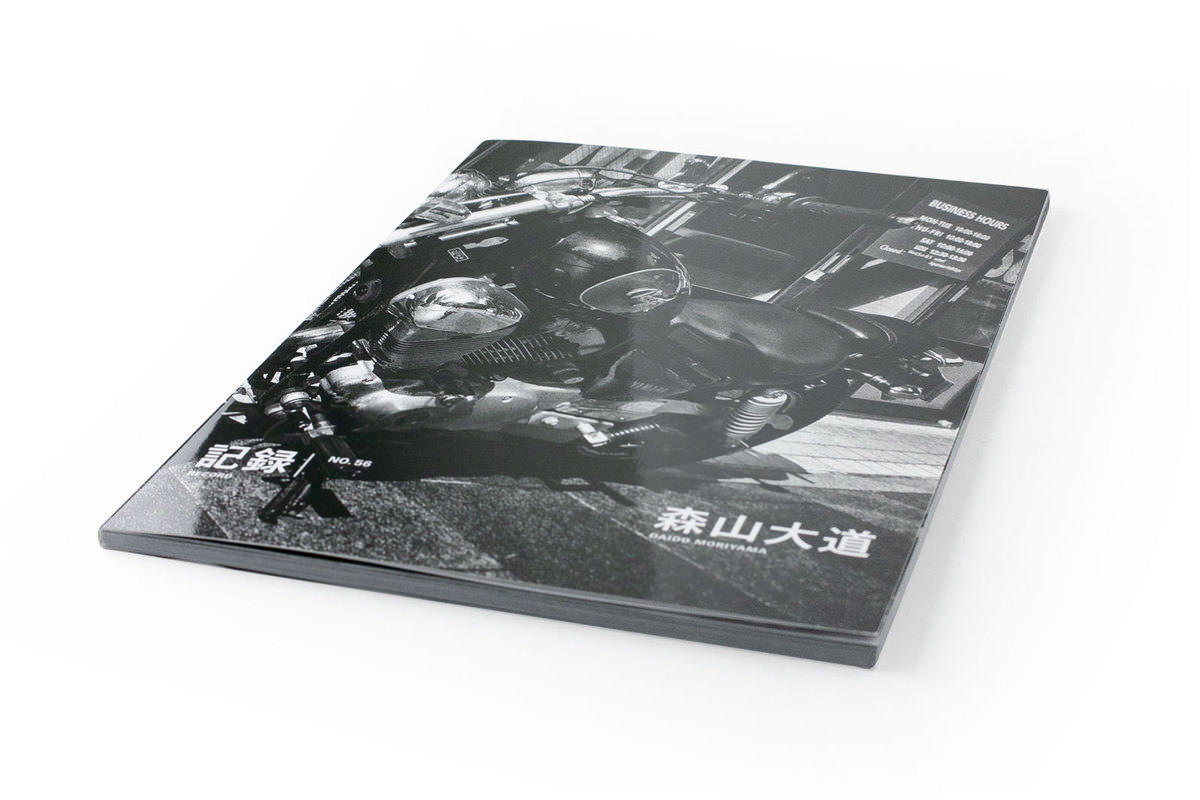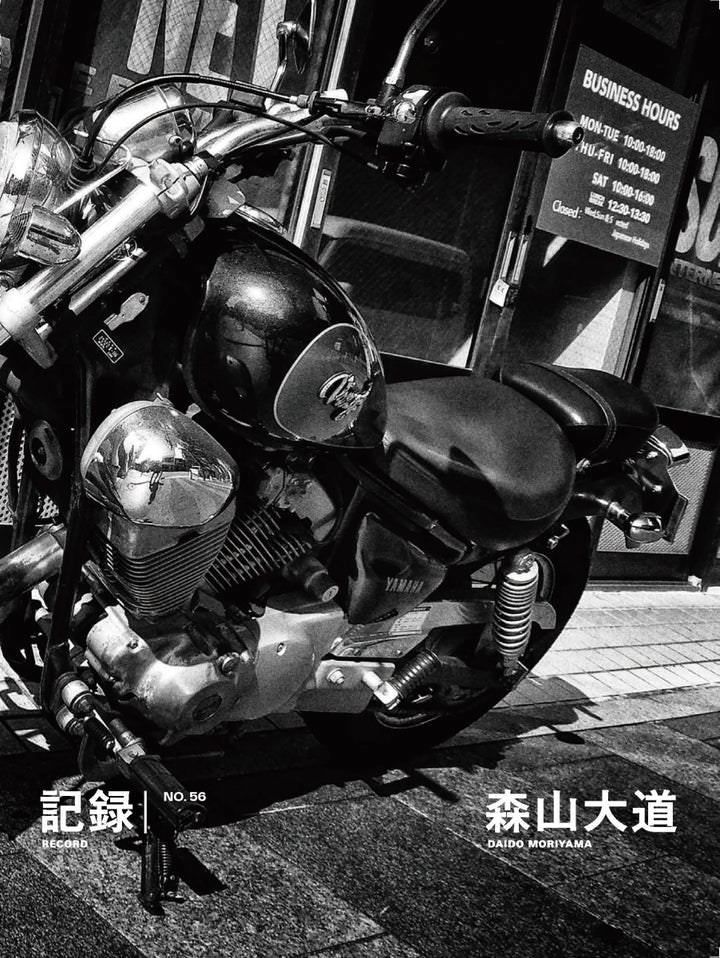Daido Moriyama: RECORD NO.56
Daido Moriyama persists in his ongoing “Record” series, resembling a photographic journal. Commencing in 1972 and rekindled in 2006, Moriyama consistently releases multiple zine-style photobooks annually. In the latest installment, issue 56, Moriyama’s lens primarily focuses on Yokosuka, the very city marking the inception of his career and where he presently resides at the age of 85. Through his monochromatic snapshots, Moriyama skillfully isolates singular moments, delving into the materiality of surfaces and textures, and ingeniously reimagines reality within fresh contexts.
“Off the main street across from Yokosuka station on the Keihin Kyuko, there is an entertainment district known as “Wakamatsu Market,” that has retained much of the good old Showa flair. As I currently have some other business in the area, I’m walking the streets of Yokosuka quite frequently these days, and realized that I visited Wakamatsu Market for the first time since walking around here several years ago to take photos for an earlier issue of Record. Once I slipped into the area’s back streets, there was a smell in the air that reminded me of Shinjuku’s “Golden-gai.” It’s a smell that I like, an environment that my body seems to feel comfortable in, so whenever I pass through it now, I can’t do so without repeatedly pressing my camera’s shutter. On the other hand, however, the Dobuita-dori shopping street that has been synonymous with Yokosuka mdaidoore than any other place, and where I used to hang out to take pictures around the clock so to speak, has transformed into a place that I now find utterly boring. Not that the neighborhood has changed completely. Even the notorious “sukajan” jacket shops are still there. It is the atmosphere in the streets, the people that I meet here now, the way everything smells, that is so different now. I know that it’s useless to expect everything to be just as I remember it from roaming the streets that I identified with Yokosuka some 60 years ago. Nonetheless, I ask myself where in the world those unique nightly sceneries, those ladies swaggering through the dusky streets with the American soldiers, have all gone. As a matter of course, things change with the times, with age and through the generations, and this place makes no exception. But at the same time, there are those things that remind me of the Yokosuka that I know so well: the area around the station on the Yokosuka Line, the sea you could see from Shiori station, the ships and cranes on the military base…
So I find myself scouring this neighborhood with a wry smile now. Could it be that Yokosuka is where my photographing career started, and where it ends? No way! C’mon Daido , you’ve got work to do! I like it though, Yokosuka.” – from afterwords by Daido Moriyama.
About the Author
Daido Moriyama was born in 1938 in Osaka, where he studied photography before relocating to Tokyo in 1961. There, after working as an assistant to photographer and filmmaker Eikoh Hosoe, Moriyama embarked on creating his own collection of photographs portraying the forgotten areas and darker aspects of his homeland. Shortly thereafter, he was honored with the New Artist Award by the Japan Photo-Critics Association, marking the first of many lifetime achievements.
Many of Moriyama’s early photographs were influenced by the ‘Provoke’ group, which published three magazines predominantly illustrated with photography. Moriyama joined the movement for the second issue of the magazine, which, alongside its political objectives, helped establish a Japanese aesthetic characterized by “grainy, blurry, and out-of-focus” images, embracing a tradition of experimental image-making and rebellion against the technical precision promoted by the prevailing culture.
Moriyama’s body of work predominantly features black and white imagery. While the grainy aesthetic largely reflects his sentiments regarding the destabilization of social structures post-war, his work primarily explores photography as an experiment. His images hover between documentation and possibility, blurring the lines between fact and fiction.
His early work captures life during and after the American occupation of Japan following World War II, particularly the impact of industrialization and the resulting shift in urban life, leaving some areas behind in the rapidly evolving cityscape.
While Moriyama drew inspiration from various artists, Andy Warhol arguably held the most significant influence. Moriyama first encountered Warhol’s silkscreens during a visit to New York in 1969 and recognized in them the essence of duplication, repetition, and mass production essential to photography. Moriyama subsequently created his own silkscreens, making reproduction and duplication a central focus of his work, often photographing street signs or producing multiple versions of similar images to be perceived as a unified whole.
Two of Moriyama’s most iconic motifs reflecting this theme are his images of tights and lips. These gelatin silver prints combine close-ups with Moriyama’s inclination for reproduction and capturing street signs. Both themes allude to the Americanization of Japanese culture and the heightened eroticism in mainstream advertising. Moriyama diverged in pursuing his own interpretation of photography, adopting a dissident and horizontal approach, less concerned with objectively capturing reality and more focused on reflecting on the medium itself, the role of mass media, and image consumption as indicators of reality.

